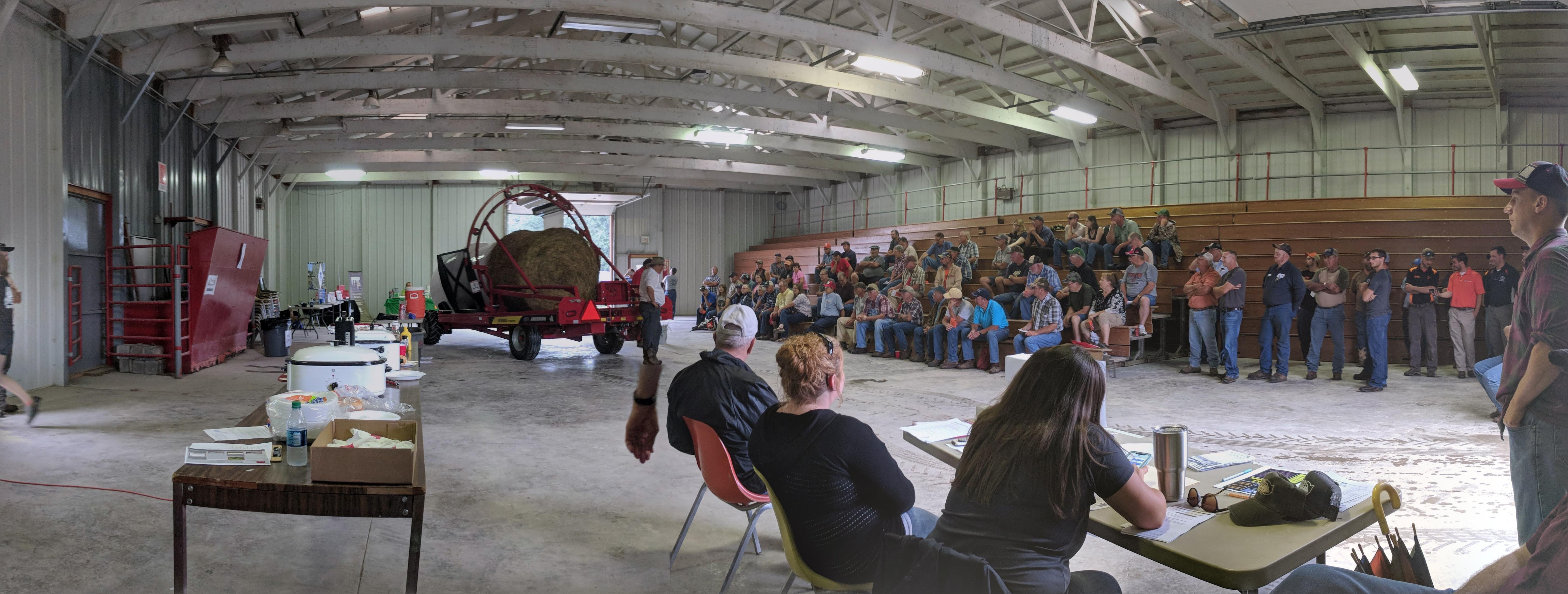The second year of the statewide Home Garden Vegetable Trials kicks off during the month of February. Citizen scientists are recruited to contribute to our vegetable trials for Ohio. We look for people excited about growing vegetables in their home or community gardens and then letting us know what they think. Youth and adults are welcomed to participate. Each trial contain s two varieties that are grown side by side to compare throughout the season. They can select multiple trials with 5 cool-season vegetables and 5 warm-season vegetables available. For each trial, participants get:
s two varieties that are grown side by side to compare throughout the season. They can select multiple trials with 5 cool-season vegetables and 5 warm-season vegetables available. For each trial, participants get:
- Seed for two varieties of a vegetable
- Row markets
- A garden layout plan to prepare your rows or beds
- Growing information specific to the crop species you, including planting date, plant spacing, nutrient requirements, etc.
- An evaluation sheet (can be completed online)
Participants may select up to 5 trials. We are now asking you to complete the sign up and send payment. The trial catalog has a description of each variety that will be used this year. On the last page is a registration page that can be printed and filled out by hand for those who do not use computers.
Some seeds are from organic sources, but a few are not. The vegetables are not experimental, but some have been released in the last few years. Others are old favorites being compared to new varieties to see if they still stand the test of time. All seeds are non-GMO (as all vegetable seeds available are non-GMO) Each trial is $3. We have created an online registration site. Please go through the sign-up process and select your vegetables. On the payment page, you can choose to pay by card or check. If you choose check, the details for filling out and sending the check will be displayed. Please send that in as soon as possible. You will also see the $8 charge for home delivery added to your bill. We have had to do this because our Extension Offices have been temporarily closed. You also have the option of registering and paying for more than one person while visiting the site. The deadline for ordering is February 28 for guaranteed participation and March 15 while supplies last.
VEGETABLE TRIALS web site
go.osu.edu/veggies2021 registration site










